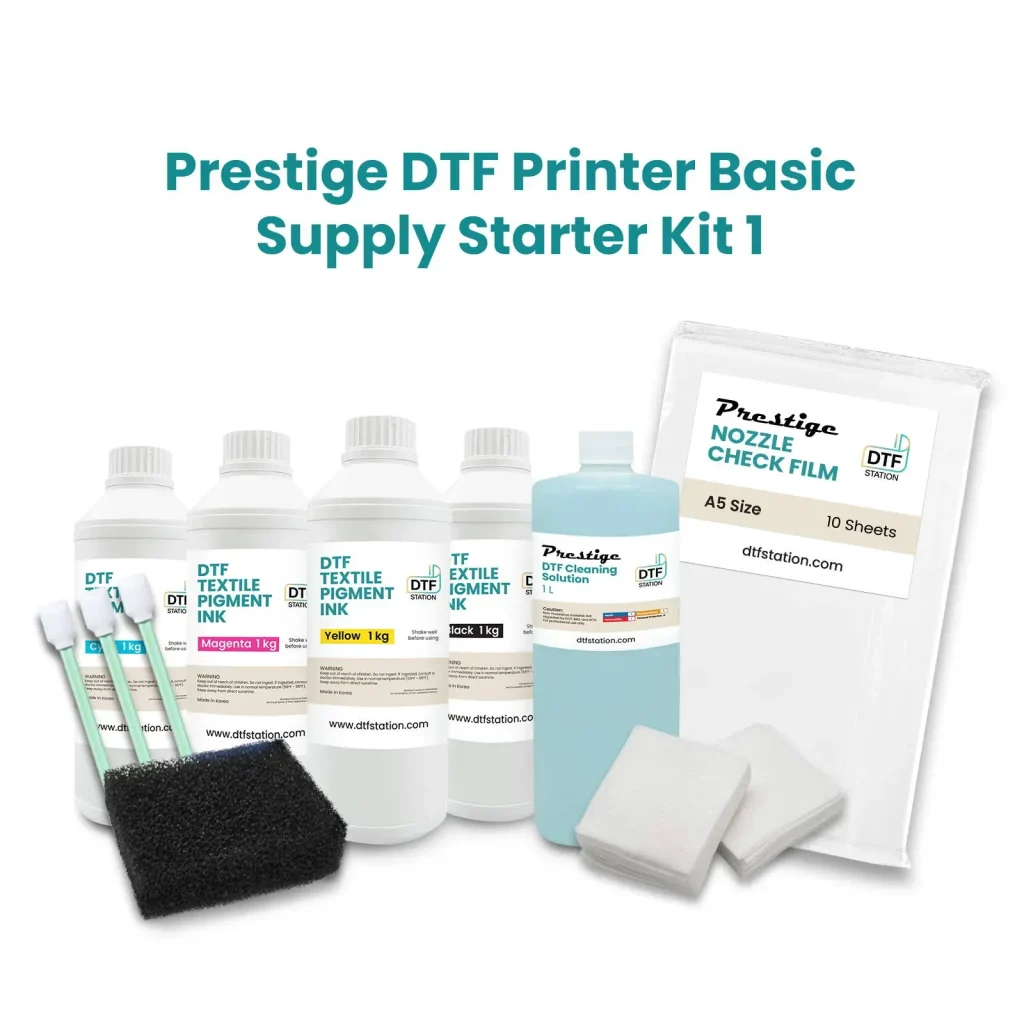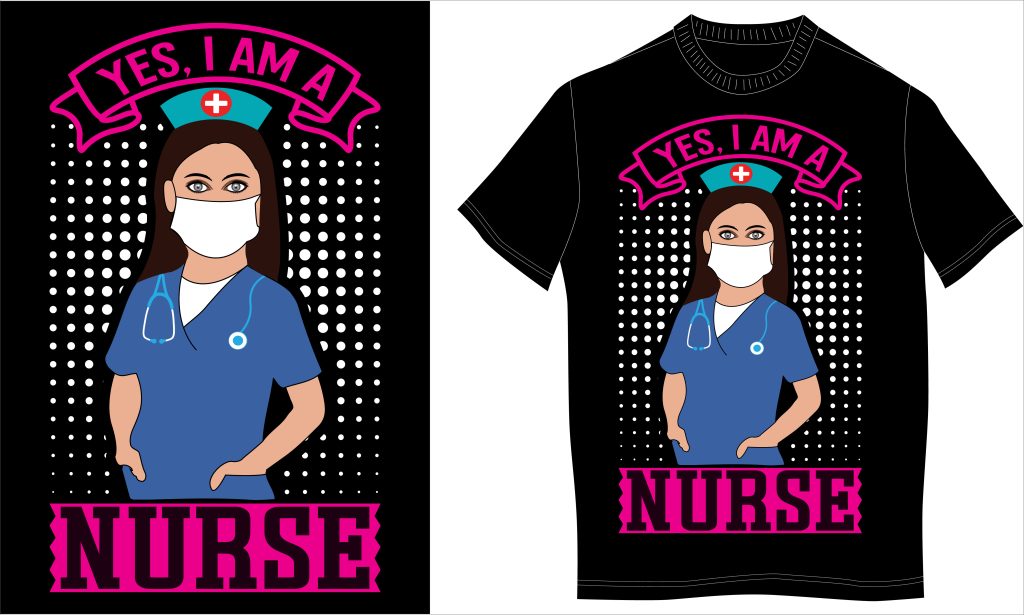DTF supplies play a pivotal role in the burgeoning field of custom apparel printing, where Direct-to-Film (DTF) printing is revolutionizing how designs are transferred onto fabrics. This cutting-edge technology employs specialized DTF transfer film, high-quality inks, and precise heat application for producing vibrant and durable prints. With the right DTF printing equipment and consistent adherence to the DTF printing process, you’re equipped to create stunning designs that stand out in the market. Understanding the essential components of DTF supplies, from adhesive powders to heat presses, is crucial for anyone looking to thrive in this creative endeavor. Dive into the world of DTF printing and unlock the potential to elevate your custom apparel offerings with exceptional quality and efficiency.
In the realm of garment decoration, Direct-to-Film technology has emerged as a game-changer for artists and entrepreneurs alike. Often referred to as DTF printing, this innovative method utilizes specialized films and inks to transfer vivid artwork directly to various textiles. By harnessing DTF supplies, including transfer films and curing equipment, users can achieve impressive results that enhance the visual appeal of their products. As the demand for custom clothing continues to rise, mastering the essentials of this unique printing technique becomes increasingly vital. Explore the diverse materials and techniques involved in DTF printing to elevate your creative projects and facilitate seamless production.
Understanding DTF Printing vs. Traditional Methods
DTF printing stands distinct from traditional printing methods, such as screen printing and direct-to-garment (DTG) printing. Unlike screen printing, which requires multiple stencils and can be labor-intensive for intricate designs, DTF printing utilizes a seamless process that allows for vibrant designs to be easily printed onto specialized films. This method not only enhances efficiency but also minimizes setup time, making it ideal for small to medium production runs. DTF allows for high-resolution prints that can capture detailed artwork and gradients, which is a significant advantage over traditional techniques.
Furthermore, DTF printing excels in versatility. While screen printing is often limited to certain fabric types, DTF transfers work effectively on a wide range of materials, including cotton, polyester, blends, and even some synthetics. This flexibility opens doors for custom apparel businesses to cater to diverse customer preferences, from t-shirts to performance wear. As the demand for personalized clothing grows, understanding the benefits of DTF printing can help you stay competitive in the market.
Frequently Asked Questions
What are the essential DTF supplies needed for printing?
To successfully engage in DTF printing, you will need several key supplies: a DTF printer, DTF transfer film, DTF inks, hot-melt adhesive powder, a heat press, curing equipment, graphic design software, and protective gear. Each of these components plays a crucial role in ensuring the quality and durability of your custom apparel printing.
How does DTF transfer film work in the DTF printing process?
DTF transfer film is a specially coated substrate that receives ink from your DTF printer. Once printed, the film is combined with adhesive powder and heat pressed onto fabric. The quality of the film affects the clarity and vibrancy of the final print, making it a vital part of the overall DTF printing process.
What kind of printer is best for DTF printing?
The best printer for DTF printing is one specifically designed for this type of application, such as certain modified Epson models. These printers use high-quality water-based inks and are tailored to deliver optimal results when printing on DTF transfer film, ensuring vibrant and durable designs.
Can I use regular ink and film for DTF printing?
No, regular ink and film are not suitable for DTF printing. DTF inks are specially formulated for adhesion and vibrancy on transfer film, while DTF transfer films have a unique coating that allows them to accept the inks appropriately. Using the correct supplies will significantly enhance your printing outcomes.
What is the role of adhesive powder in DTF printing?
Adhesive powder is a crucial component in the DTF printing process. After printing the design on DTF transfer film, hot-melt adhesive powder is applied to bind the ink to the fabric during the heat transfer process. This powder ensures that the design adheres effectively and maintains its quality after washing.
Is protective gear necessary when handling DTF printing supplies?
Yes, protective gear is important when working with DTF printing supplies. Wearing gloves and masks can help safeguard you against potential exposure to inks and powders, ensuring a safe working environment while handling these materials. Safety should always be a priority in any printing operation.
| Key DTF Supplies | Description |
|---|---|
| DTF Printer | Specialized printer using water-based inks, essential for printing on film. |
| DTF Transfer Film | Coated film for receiving ink, crucial for print clarity. |
| DTF Inks | Water-based inks that ensure vibrancy and adherence during transfers. |
| Adhesive Powder | Hot-melt powder that binds ink to fabric; crucial for transfer quality. |
| Heat Press | Required for transferring designs onto fabric; needs temperature control. |
| Curing Equipment | May include drying ovens to set inks and adhesives properly. |
| Design Software | Programs like Adobe Illustrator to create designs for printing. |
| Protective Gear | Safety equipment such as gloves and masks for handling materials. |
Summary
DTF supplies are essential for anyone seeking to excel in the realm of custom apparel printing. This innovative printing method not only enhances the quality of merchandise but also caters to a broad audience with various fabric options. To successfully implement DTF printing, it’s vital to invest in high-quality supplies, including printers, transfer films, inks, and heat presses, along with suitable design software. By understanding the significance of each component, you can embark on a rewarding journey in DTF printing, creating vibrant designs that leave a lasting impact in the competitive apparel market.



